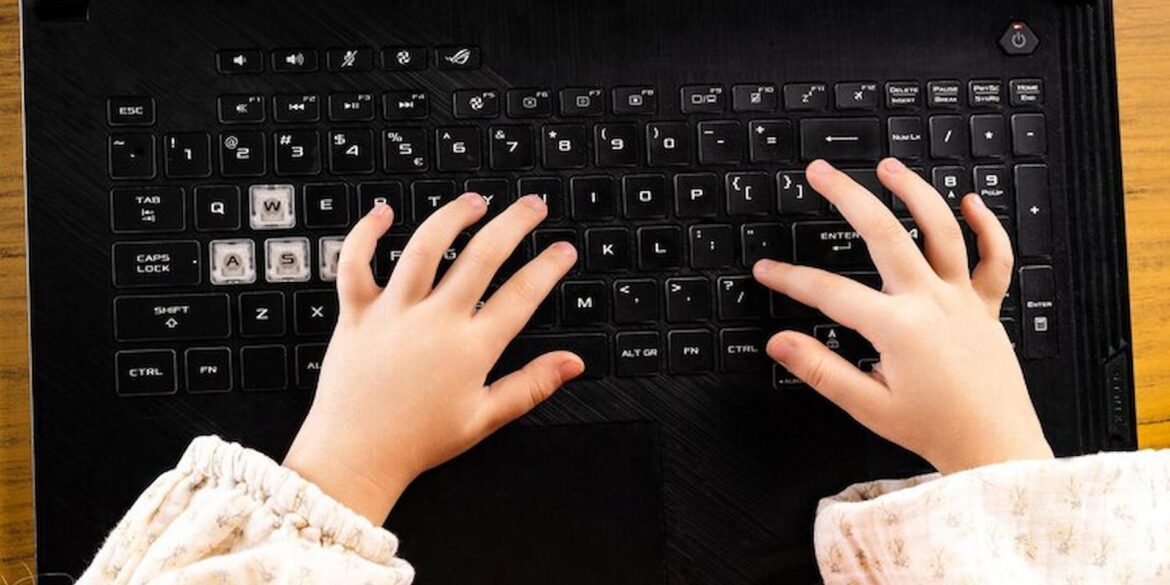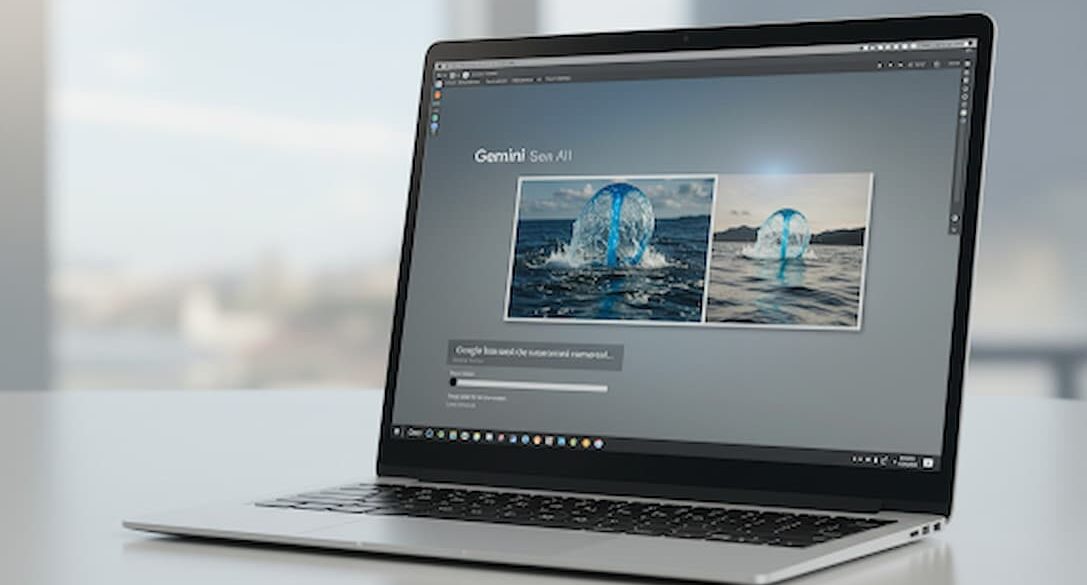Ever wondered how the Polish keyboard plays a role in shaping computer language development? Dive into this fascinating exploration of language tools, software interfaces, and global connectivity as we unravel how a seemingly simple keyboard layout can support the digital evolution of languages.
Introduction
The keyboard is the heart of digital communication, and each regional layout tells a unique story. Among these, the Polish Keyboard Computer Language Keyboards stands out for its ability to accommodate the intricacies of the Polish language while enabling effective interactions with global computing systems. As technology continues to connect the world, such keyboards bridge the gap between linguistic diversity and uniform digital standards.
Supporting computer language development requires tools that adapt to the nuances of spoken and written languages. The Polish keyboard not only ensures efficient input of Polish characters but also helps develop interfaces, software, and systems that support global and local communication. Let’s explore the interplay between technology, language, and cultural preservation facilitated by this essential tool.
The Unique Design of the Polish Keyboard
What Sets the Polish Keyboard Apart?
The Polish keyboard layout is designed to support the specific needs of the Polish language, which uses diacritical marks such as a, c, e, l, n, ó, s, z, and z. Unlike standard QWERTY keyboards, this layout incorporates shortcuts and modifiers, such as the AltGr key, to allow users to input special characters seamlessly.
These additional characters are vital for writing in Polish, as they distinguish words and meanings. For example, “los” (fate) becomes “los” (elk) with the addition of diacritical marks. This precision underscores the keyboard’s importance in not just preserving linguistic integrity but also in contributing to computer language keyboard development, where accurate input is paramount.
Enhancing Typing Efficiency
The ergonomic design of the Polish keyboard allows users to type efficiently in both Polish and English, fostering bilingual communication. This dual functionality is essential in a globalised world where multilingual content is common. By enabling quick transitions between languages, the keyboard enhances usability for programmers, writers, and everyday users, ensuring smooth integration into various digital environments.
Bridging Linguistic Diversity with Technology
Preserving Cultural Identity
One of the critical roles of the Polish keyboard in computer language development is its ability to preserve linguistic diversity. In a world where many languages risk being overshadowed by dominant global tongues, tools like the Polish keyboard ensure that the unique aspects of Polish can thrive in digital spaces.
This is particularly relevant for software and app developers creating content in Polish. The Polish keyboard computer language keyboards seamlessly integrate cultural specificity with universal coding standards, enabling applications to cater to Polish-speaking audiences without losing cultural authenticity.
Supporting Localisation Efforts
Localisation—the process of adapting content for specific regions—relies heavily on language-specific tools like keyboards. The Polish keyboard is instrumental in localising software, websites, and applications for Polish users. It enables accurate translations, ensures proper formatting of text, and helps developers maintain consistency in user interfaces, all of which are vital for creating inclusive digital experiences.
The Role of Polish Keyboards in Global Collaboration
Facilitating Cross-Border Communication
The Polish keyboard supports seamless communication between Polish speakers and the rest of the world. Many businesses rely on effective tools to communicate globally while maintaining their linguistic roots. The Polish keyboard plays a pivotal role in such exchanges, ensuring that Polish professionals, academics, and creatives can participate in international collaborations without language barriers.
Contributing to Multilingual Software Development
Multilingual software development often requires tools that can accommodate various languages simultaneously. The Polish keyboard’s ability to switch between Polish and English, or other language systems, makes it a valuable resource in designing software that caters to diverse user bases. It ensures compatibility across platforms, allowing Polish speakers to interact effectively with global systems.
Keyboard Layouts and Digital Evolution
A Gateway to Technological Adaptation
The adaptability of the Polish keyboard highlights its contribution to computer language keyboard development. Its design principles can inspire the creation of other regional keyboards, fostering technological inclusivity and supporting underserved linguistic groups. By prioritising user-friendly layouts that respect linguistic traditions, developers can ensure that technology serves a broader audience.
Standardisation and Innovation
While regional keyboards like the Polish one celebrate linguistic uniqueness, they also adhere to international standards to ensure compatibility with global systems. For example, Unicode encoding allows Polish characters to be recognised universally, bridging the gap between local and global computing needs. This balance between standardisation and innovation is critical for advancing computer language interfaces.
Conclusion
The Polish keyboard is more than just a tool for typing; it’s a gateway to cultural preservation, efficient communication, and technological innovation. By supporting the input of Polish characters and enabling seamless bilingual functionality, it contributes significantly to computer language keyboard development.
In a rapidly globalising world, tools like the Polish keyboard remind us of the importance of embracing linguistic diversity while advancing technological inclusivity. Whether you’re a developer, writer, or casual user, this keyboard ensures that the Polish language remains vibrant and relevant in the digital age. As we continue to innovate in computing, the role of such specialised tools will only grow, shaping the way we communicate and collaborate globally.


